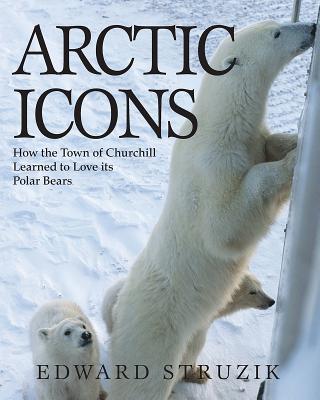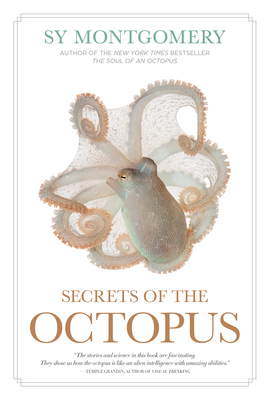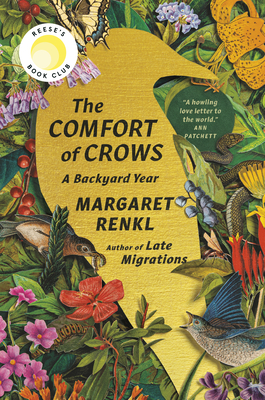
Arctic Icons: How the Town of Churchill Learned to Love Its Polar Bears
Description
For nearly a quarter century, the polar bears of Churchill were routinely run down and shot by the military, by residents and by conservation officers who were brought in during the late 1960s to protect people. According to one scientist who was there at the time, polar bears were treated more like "great white rats" than the world's largest predator. But then something remarkable happened in 1970s. Churchill residents, most of whom are aboriginal, decided that it was time to find a more peaceful way of living with polar bears. The plan that was eventually penned by a committee of concerned citizens and a handful of Manitoba government officials, resulted in what amounted to a polar bear jail for so-called "problem bears" that would otherwise be shot. A more humane protocol for deterring bears was recommended, and opportunities for wildlife viewing were envisioned. The committee also insisted that scientific research and public education needed to guide future management decisions.
In the years that followed, scientists conducted studies on the polar bear's social behavior, their responses to sound and pain, and the impact that three to fourth months of fasting has on their health. Bears were studied:
- At the town dump, In their dens, On the sea ice, In an experimental chamber that was set up in an old laundry room at one of the abandoned military buildings.
They were put on giant treadmills and hooked up to respiratory machines to measure the amount of energy they burned off.
Some were soaked in oil to see how they would respond to a spill.
In relatively short order, the bears of Churchill became the most studied group of large predators in the world.
The plan was not perfect by any means, and unofficially, it has been a work in progress ever since. There has, however, never been anything quite like it outside of the African Safari system.
The book describes how 1,000 mostly aboriginal people living on the west coast of Hudson Bay found a way to live with 1,000 polar bears.



